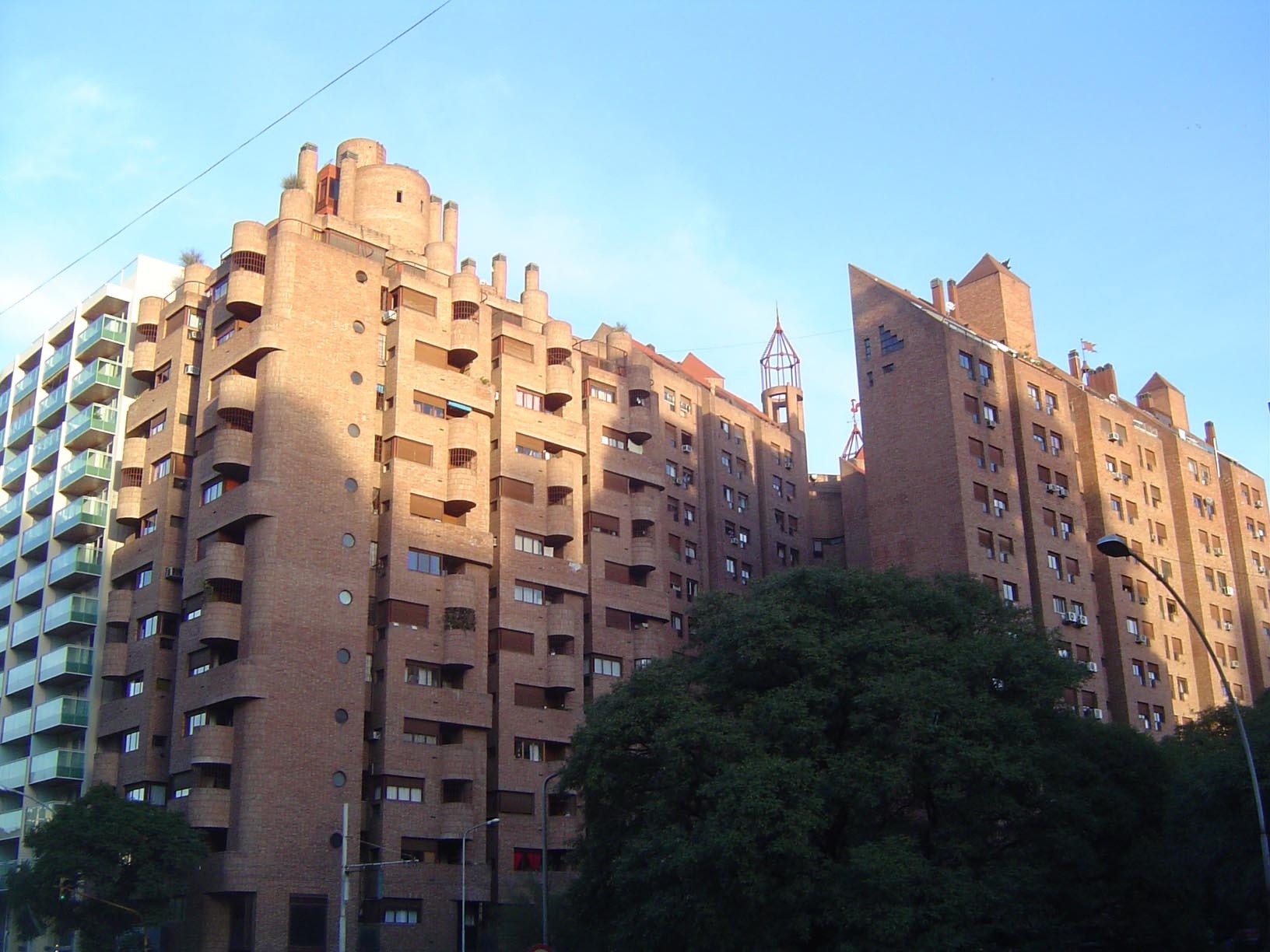
Uploaded on 2014-10-20 by ezequielanusurrets
Again, Ezequiel, from Córdoba, Argentina, Southamerica. I will begin by quoting an architect from my country: *"I was trying, I found ways, folds, and could see that it was possible to integrate the material by enriching the volume of the building,... and I couldn´t stop any more "* [1]: http:// [2]: https://edxuploads.s3.amazonaws.com/1413771682158802.jpg Architect "Togo" Díaz, a great Latin American example, quote especially Córdoba city architect, who left an impornta, that gave an imprint, a unique and special character to the city of Cordoba, Argentina. Being a city, with little global reach, lack of resources (transport, economy, technique, etc) was dedicated to search materials. And, he found brick, which has employed dozens of buildings, houses and urban designs in this city. He sought, through this **"rustic" material generate**, capture that information that came from a globalized world: **no longer an old material with classical forms (Greeks, Romans, medieval), they start to have typical forms of a contemporary world.** It was a localized activity, production, implementation and completion of the constructions were **made "IN SITU"**. Today this model of construction, which included a "global view" of the form, in its is **altered, reused**, materials that underline a clear idea of **globalization** in the construction. Determining a **"dissipation"** of the character of the work. Such items such as air conditioners, made openings abroad (aluminum), the abundance of glass in areas warm temperate climate, etc. All this, and more, do the work, to acquire, diffuse, unpropiate and "Mannerist" character. Today, in this city, in this province, but above all the country, due to the serious situation that is living (of public knowledge), has affected not only the **material** but also, as a result, **constructions market** falling in a nearly 70%, and in addition, the **specialized manpower scarce**. This is due to the materials that are used are required from the outside, which makes the work, *less "personal" and more expensive.* The architect "Togo" Diaz, as I said at the beginning, has been able to **interpret technology - function - beauty**, which according to **Vitruvius, are the pillars of the architecture**. So I think that a work of architecture, if reflected, currently above all, and in the future, will reflect more, a more **globalized world**, by **shortening the distances**. But against this, a question arises: **1) What happens with the character itself of every culture is?** **2) which happens with the styles themselves, each city are going to have it own style?** **3) Is it going to be the same all over the world, same buildings, same cities?** Thanks, and i hope if anyone, can answer those questions, tell me, WHAT DO U THINK, your city became in future, with this idea of "global constructions" or "global cities"??? SeeU![ingrese la descripción de la imagen aquí][1] ![ingrese la descripción de la imagen aquí][2]